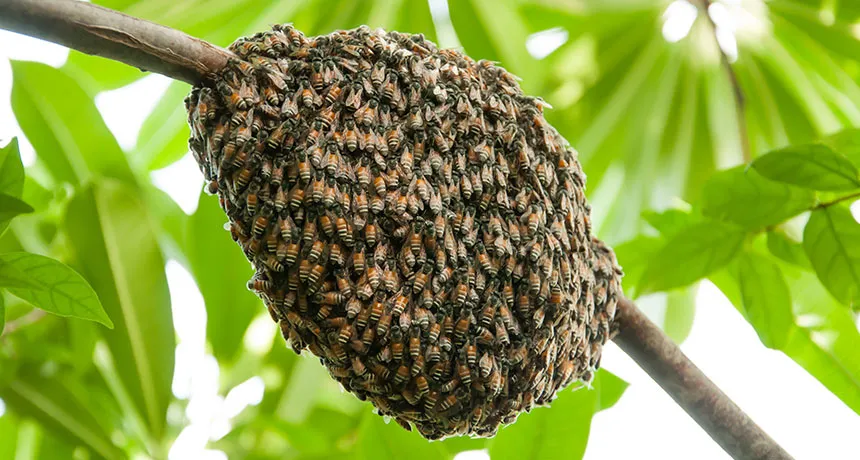Here’s how clumps of honeybees may survive blowing in the wind
In lab tests, the insects adjust their positions to flatten out the cluster and keep it stable

BEE BALL Certain types of bees tend to arrange into clusters on tree branches. Bees move around within a clump to maintain its stability, a new study finds.
Amawasri/iStockphoto






